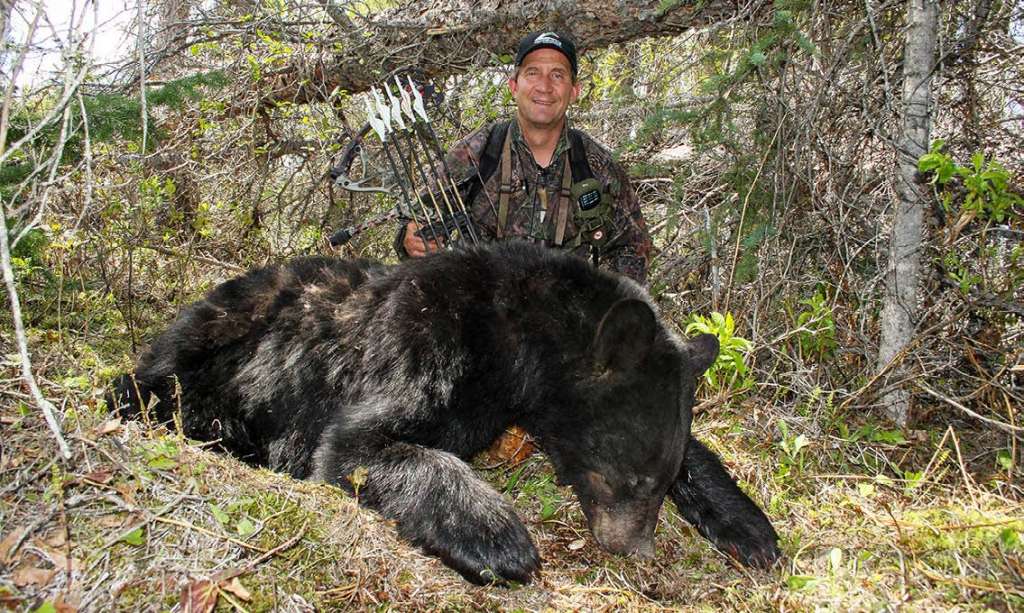Setting up on the edge of an old, walk-in-only logging road, I was optimistic, but not overly confident. Fresh bear droppings were obvious, but the surrounding habitat was thick with brush and timber.
When setting up to call black bears, I’d rather see them, so I can watch their reaction to the calls. But the second-best scenario is finding fresh dung and tracks, which I had. Arrow-nocked, hunkered into tall grass, I let out the first round of sounds from my bite-down cow elk call.
Calf elk distress calls were my sounds of choice, as elk were thick in the area. After a couple of minutes of soft cow calls, I let out another series right behind it, this one a bit louder. That’s when I heard brush rustling behind me. Bears sometimes come in quiet and cautious. But often they come in for the kill; noisy and aggressive. I could feel the latter scenario unfolding, and it was happening fast.
I kept calling to hold the bear’s attention, and it kept coming. At 15 yards, I saw the bear as it approached from behind, but a stand of thick alders stood between us. I had no shot.
The bear worked around the brush, hit the edge of the road, and stood on its hind legs to catch the wind. When it dropped to all fours, I was already at full draw and let my arrow fly. The double-lung shot resulted in a quick, clean kill.
Calling in predators is one thing. Calling in bears that respond with the intent to kill is another—because you’re the prey!
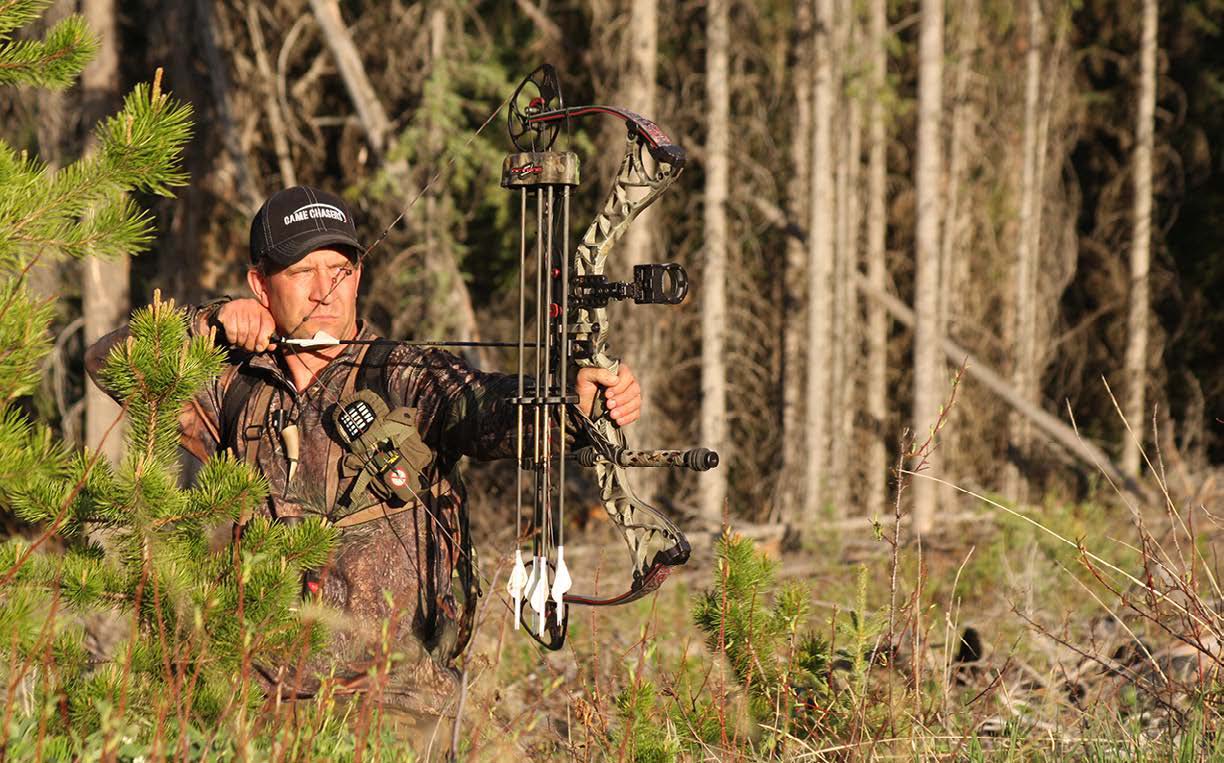
calling bears
Bear Facts
As with all predator hunting, successfully calling in a black bear has a lot to do with timing. How and when I decide to call bears comes down to one thing: their diet. Bears have short digestive tracts, meaning it’s quite inefficient, so they have to eat a lot of food.
When bears emerge from their dens in early spring, calling can be effective because their diet largely consists of grasses and other greens, where carbohydrates aren’t typically sufficient enough to increase or maintain body weight. As their digestive systems prepare to handle protein and their bodies grow more active, bears actively seek out protein-rich diets in the form of carrion or through predation. This is what gets them through much of the summer and early fall.
Mid-spring calling is something I’ve struggled with, but later in the spring, things change. The entire month of June typically marks the black bear rut, and by the last week in May, boars are ready to breed. This is a time they’ll cover a lot of ground in search of sows in heat and will take any food they can get along the way. This is also when deer fawns and calf elk start hitting the ground, making them the ideal calls to use this time of year.
Some fall bear seasons open as early as August. This is a time when grasses have dried up and food shifts to insects and varmints. Squirrels and birds are sought by bears at this time, too, and fawn and calf elk distress sounds are still very effective since these still constitute a big part of a bear’s diet.
As berries begin to ripen and become a primary food source, calling bears can be tough. I’ve had zero luck trying to call bears off a food source, no matter what time of year it is.
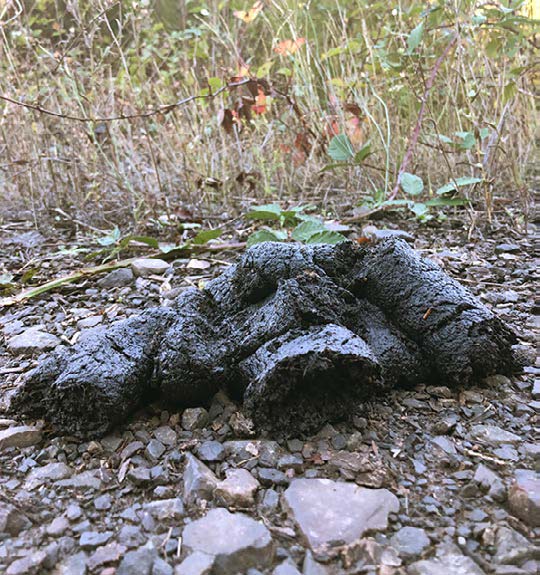
Bears = Teenagers
Prior to becoming a full-time writer 22 years ago, I was a science teacher for 12 years. I also have two teenaged boys. When it comes to describing bear behavior, I compare it to teenagers. What a bear does at any given time may not make any sense. Sometimes they do exactly what you’d predict, other times they do the complete opposite. Sometimes bears can be coaxed into range with various calls, other times the best-sounding calls won’t get a bear to even acknowledge your sounds.
The Setup
By nature, bears are curious, but this doesn’t mean calling them is easy. Bears have short attention spans and upon hearing a call can react in many ways. I’ve watched them start coming to a call on a dead run, only to stop and start feeding. I’ve seen them not even lift their heads, despite the fact I knew they could hear my calls. I’ve watched them start to approach my calls, lose interest, then continue coming again the instant I switched to a different sound. For these reasons, it’s a good idea to first locate a bear prior to calling, so you can observe how it reacts to the sounds.
Being able to observe how a bear reacts to your calls is the best way to learn what sounds they like and don’t like. A bear’s inconsistent behavior is frustrating for hunters to deal with when calling. Often, hunters must change their volume, the types of sounds they use and even their positioning to keep up a bear’s interest.
When a bear is located, try setting up in a crosswind or downwind from the bear, so when it approaches, the likelihood of it picking up your scent is less. If calling bears across an opening, set up in shadows. Bears don’t have the best of eyes, but I think it’s much better than what many people credit them with having. I equate it to them having eyesight similar to ours. Don’t get careless, but don’t be afraid to move if you think it will keep you from getting busted or increase the likelihood of the bear continuing to close the distance.
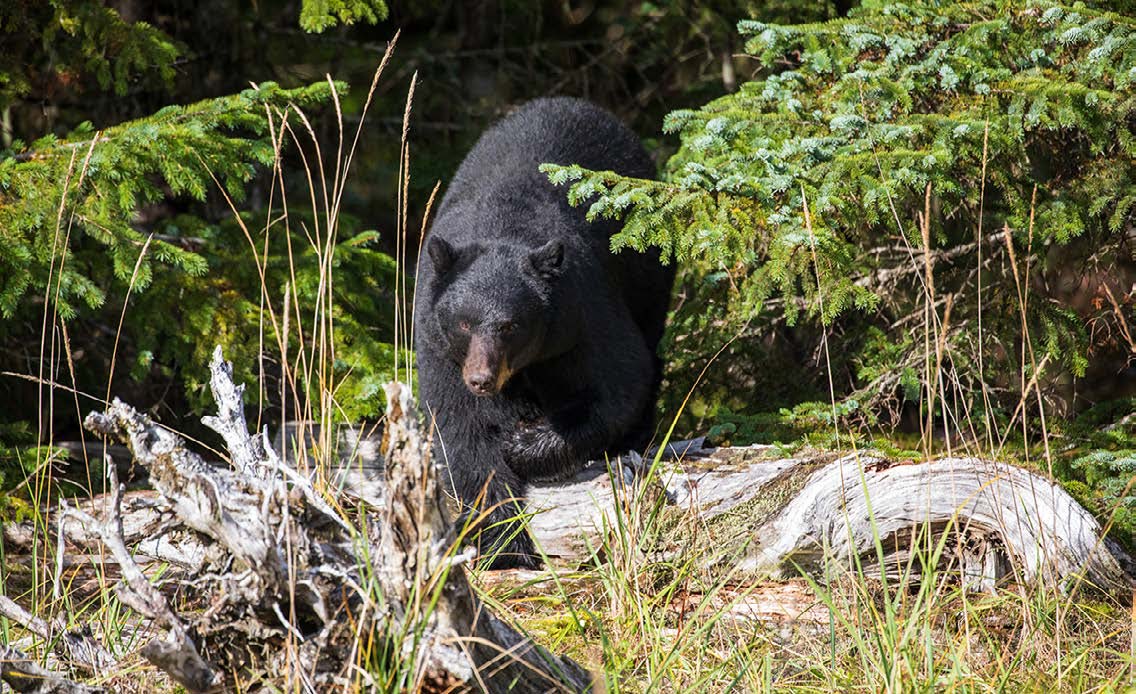
Eyesight, Not Lack of Fear
I think a bear’s poor eyesight is often misconstrued for a lack of fear. They are at the top of the food chain in the wild and seeing a human might not always spook them. When a bear does approach, keep movements slow and to a minimum.
Calling from treestands and ground blinds does work, but don’t let these options tie you down. I like staying mobile, using natural cover for a blind. If only sparse cover exists, break some branches and make your own little blind. It doesn’t have to be fancy, just enough to break up your body outline.
The closer a bear comes, the more important it is to maintain composure and minimize movement. Having a diaphragm call comes in handy here, allowing you to make hands-free sounds to either bring the bear in those final few yards or stop it for a shot.
What I’ve learned, as I believe most hunters have (since I’ve talked with hunters consistently called in black bears), is that it’s usually the boars that respond. Boars have big appetites, they don’t have cubs to protect, and finding food is a top priority much of the year.
That’s not to say that sows won’t come to the call. More than once, I’ve had an aggressive bear come busting through the brush with a cub or two behind. I think this happens more often in areas with low boar densities. Dry sows, or sows without cubs, will also come to a call in spring and fall.
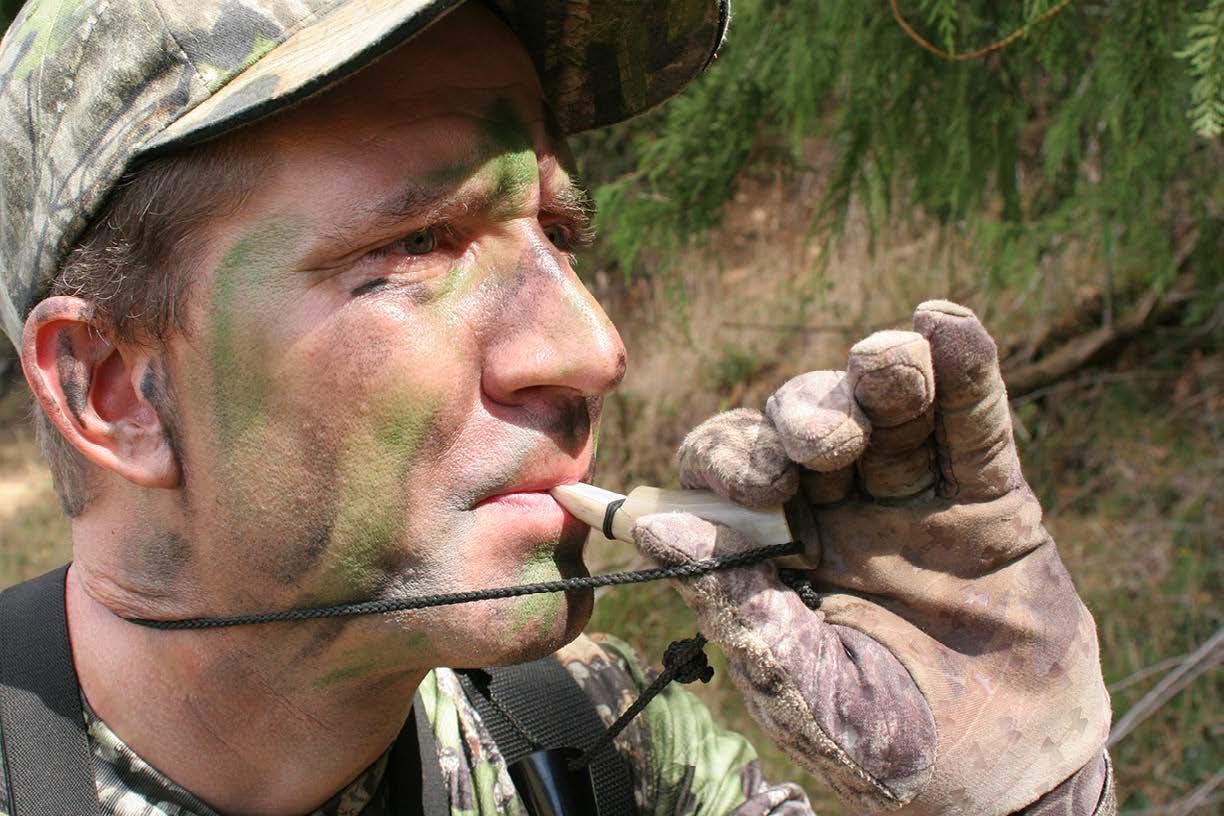
The Sounds
Though predator distress calls, crippled bird cries and screaming varmint sounds can attract bears year-round, species-specific sounds can increase the odds of bringing a bear to the call. This is especially true in spring and early fall.
Once the smell of newborn elk and deer starts hitting the air, bears will find them. One wildlife biologist I spoke with shared that an estimated 75% of the elk calves in his area were being killed by bears. No doubt calf elk distress sounds would do well in an area like this. This is also a great time to use a fawn or cow elk decoy, as is the case in late summer and early fall, too.
Where bear densities are high and competition for boars to breed is high, bear cub distress sounds can be productive. Boars are known to kill newborn cubs, even their own, in an attempt to bring the sow into estrus.
How long to call at any given setup depends on the situation. Cold-calling (calling without first seeing a bear) can take a dedicated 45 minutes if there’s a lot of fresh sign around. This is because sometimes bears aren’t in a rush to reach a call. Other times, they’ll charge in, seconds after the first sound is delivered, so be ready. When calling, the goal is to keep a bear’s interest whether you can see them or not, and constantly making sounds helps achieve this when cold calling.
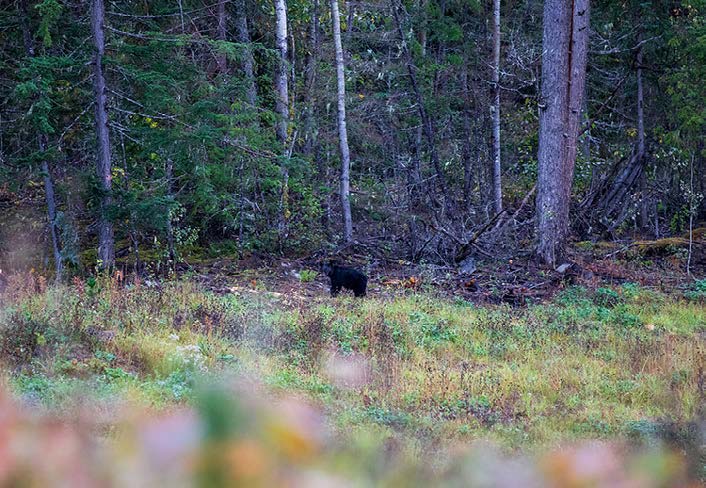
Call Non-Stop
When cold-calling, I like calling non-stop, since I don’t want the bear to lose interest. This is where electronic calls are ideal, for it’s tough to maintain constant calling with handheld calls. Have a call or two around your neck though, to offer softer sounds as a bear approaches. I like open-reed, bite-down calls, because they allow a range of sounds to be made.
When trying to pull bears out of dense cover, be aware that they can move slowly. Having a fawn or elk decoy for them to see will often convince them dinner is waiting. If you don’t have a decoy and a bear hangs up in the brush, offer them different sounds. My most productive call to get a hung-up bear out of cover is a crippled bird sound.
Early fall can be a tough time to call bears. Focus on distress sounds, as high-pitched sounds that mimic varmints under attack are good for getting a bear’s attention. Deer fawn and calf elk bawls are also very effective. If using electronic calls, goat and bird distress sounds have worked for me.
If you can observe a bear, once you see it’s interested in your calls, keep the sounds coming just enough to pique its curiosity. Don’t allow its attention to be diverted. This requires keeping a close eye on the bear so you can read its behavior. If an approaching bear starts moving away from your sounds, hit it hard with more intense, pleading cries. It’s often necessary to deliver different sounds in order to recapture its attention.
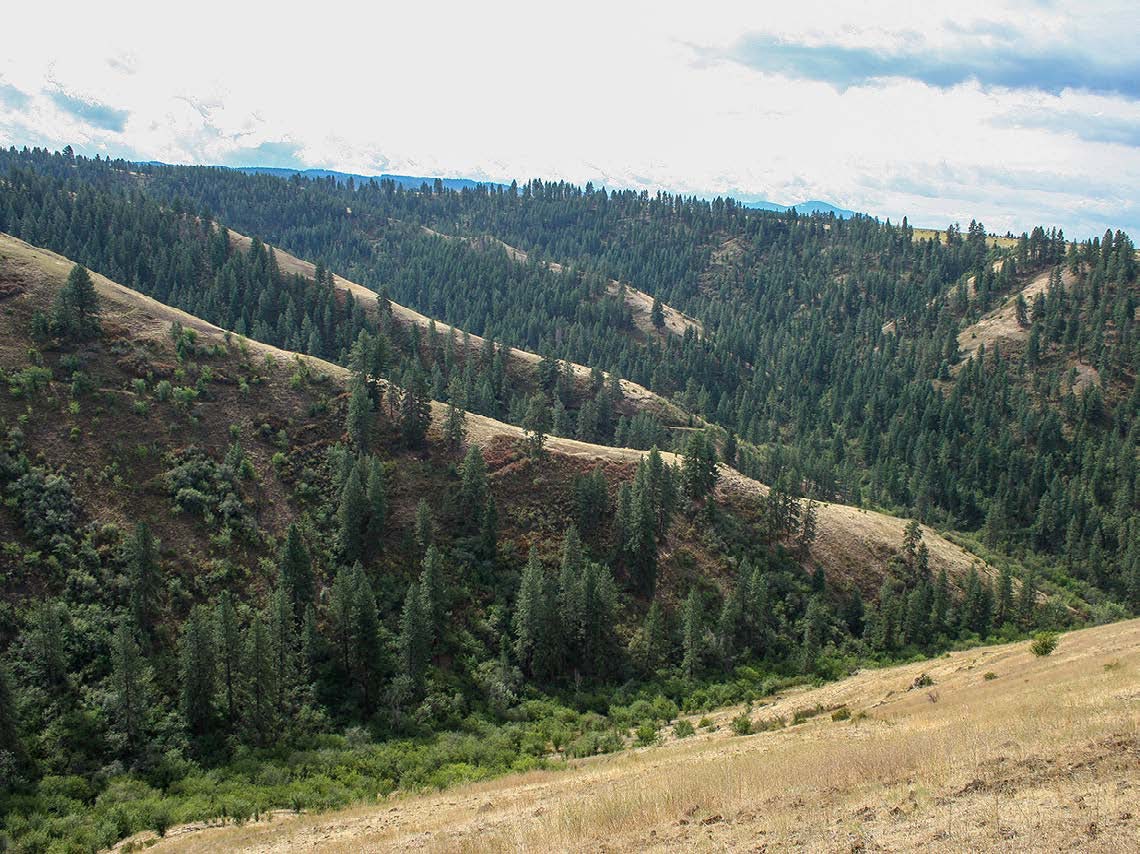
Glass First
When calling black bears, I’ve found my time is better spent glassing, locating one, then moving to within earshot prior to commencing any calling. This will remove any doubts as to whether or not a bear can hear you.
No matter where you hunt black bears, study their food sources, look for sign, capitalize on the time of year and their seasonal behaviors, then call, accordingly. Once you bring a bear within spitting distance, you’ll be hooked on calling these impressive predators. It can be dangerous, perhaps, but that’s what creates the excitement and results in one of the most exciting encounters a bowhunter can ask for.
Note: To learn how to skin and break down a bear, order Scott Haugen’s popular DVD, Field Dressing, Skinning & Caping Big Game at www.scotthaugen. com. The two-hour DVD also features six field dressing and three caping methods for antlered and horned game.
Per our affiliate disclosure, we may earn revenue from the products available on this page. To learn more about how we test gear, click here.



